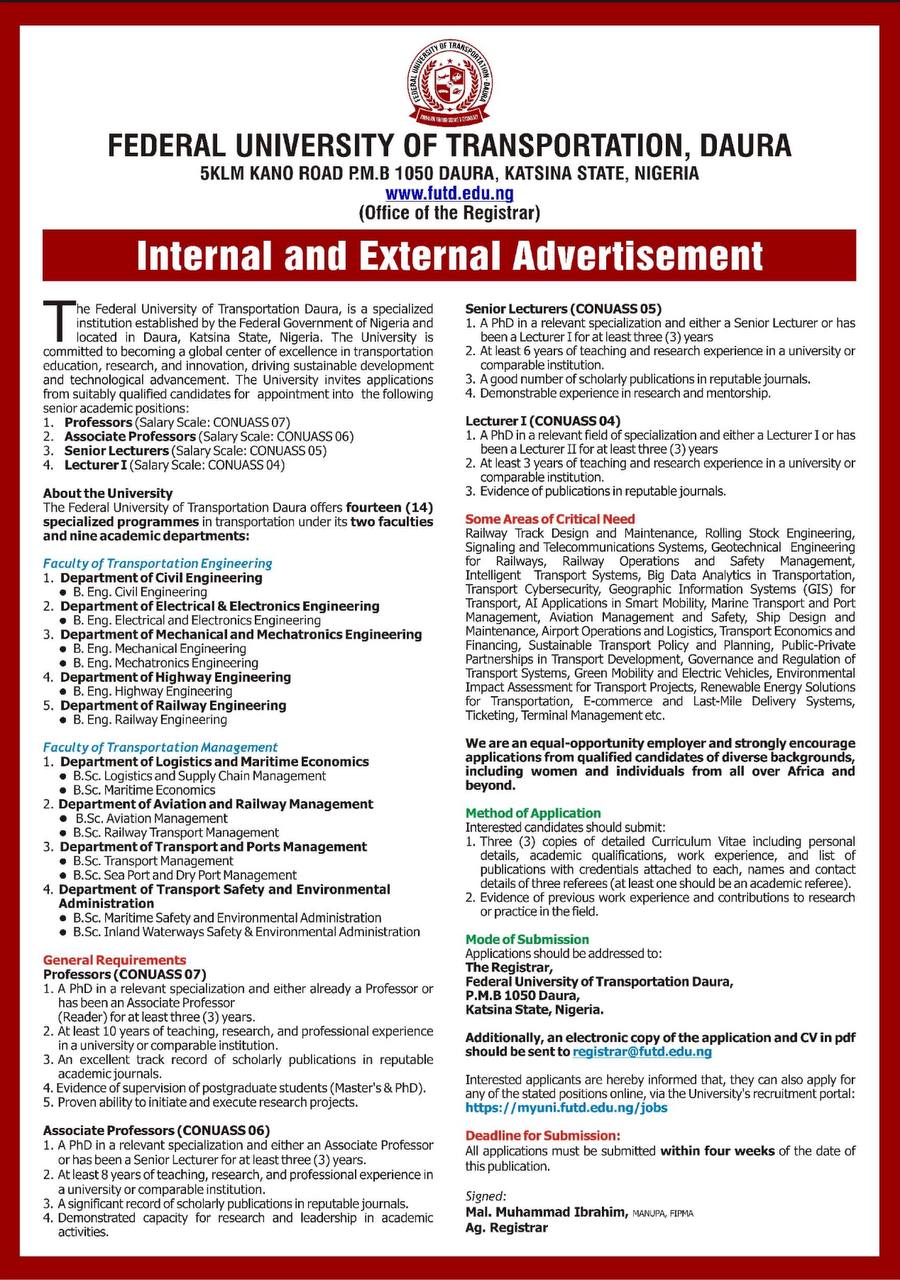The company didn’t have to file the safety assessment. According to the Department of Transportation’s federal automated vehicle policy, the sharing of safety assessments is voluntary and not required for testing nor deployment.
That Apple chose to issue an assessment anyway may signal the company’s intentions to present a more public and consumer-friendly face for its autonomous-vehicle program.
Issuance of the assessment comes one week after the California Department of Motor Vehicles released its latest batch of disengagement reports, which broadly offer information on companies’ autonomous testing performance on the state’s public roads. In its filing, Apple disclosed it had more than 70 vehicles registered in the state, and that they had collectively driven 80,739 miles in the reporting period from April 2017 through November 2018.
If the system needs to return control of the vehicle to a safety driver, Apple says visual and audible signals alert the safety driver, and that “understanding this communication is a significant part of the safety driver and operator training.”
Further, it says steering, braking and acceleration commands issued by the self-driving system “have set limits to ensure that its actions can be anticipated and interrupted by the safety driver.” For example, when the Apple vehicles intend to change lanes, the company says that lane changes are performed in such a way that the human driver can take control before the vehicle departs its current lane if the driver believes such a move is inadvisable.
At least for now, Apple describes vehicle systems designed for use in testing only.
Hazard analysis “is focused on the planned use case of the test vehicles … and the fact that a safety driver will always be present,” the report says.
Apple is the 11th company to release a safety assessment, joining the likes of Waymo, Ford, General Motors and others, such as startups Zoox and Nuro.
In 2017, NHTSA’s second federal automated vehicle policy outlined 12 specific areas in which regulators hoped companies would describe their efforts to design and deploy automated vehicles, including their operational design domains, data-gathering efforts and plans for handling system failures.
On Wednesday, NHTSA Deputy Administrator Heidi King recognized the companies that have submitted reports.












